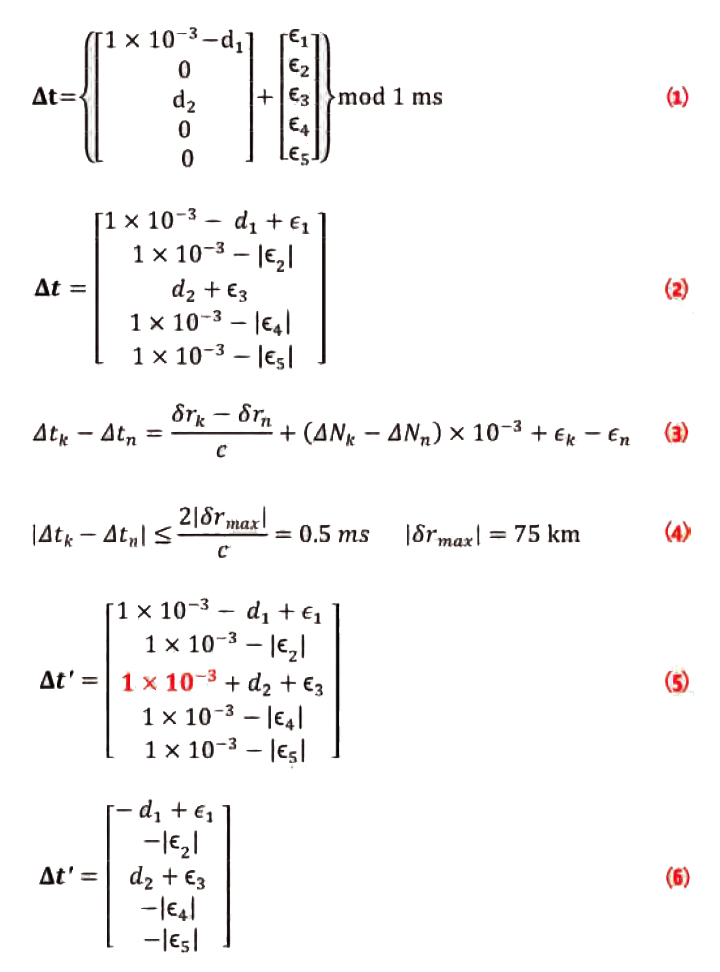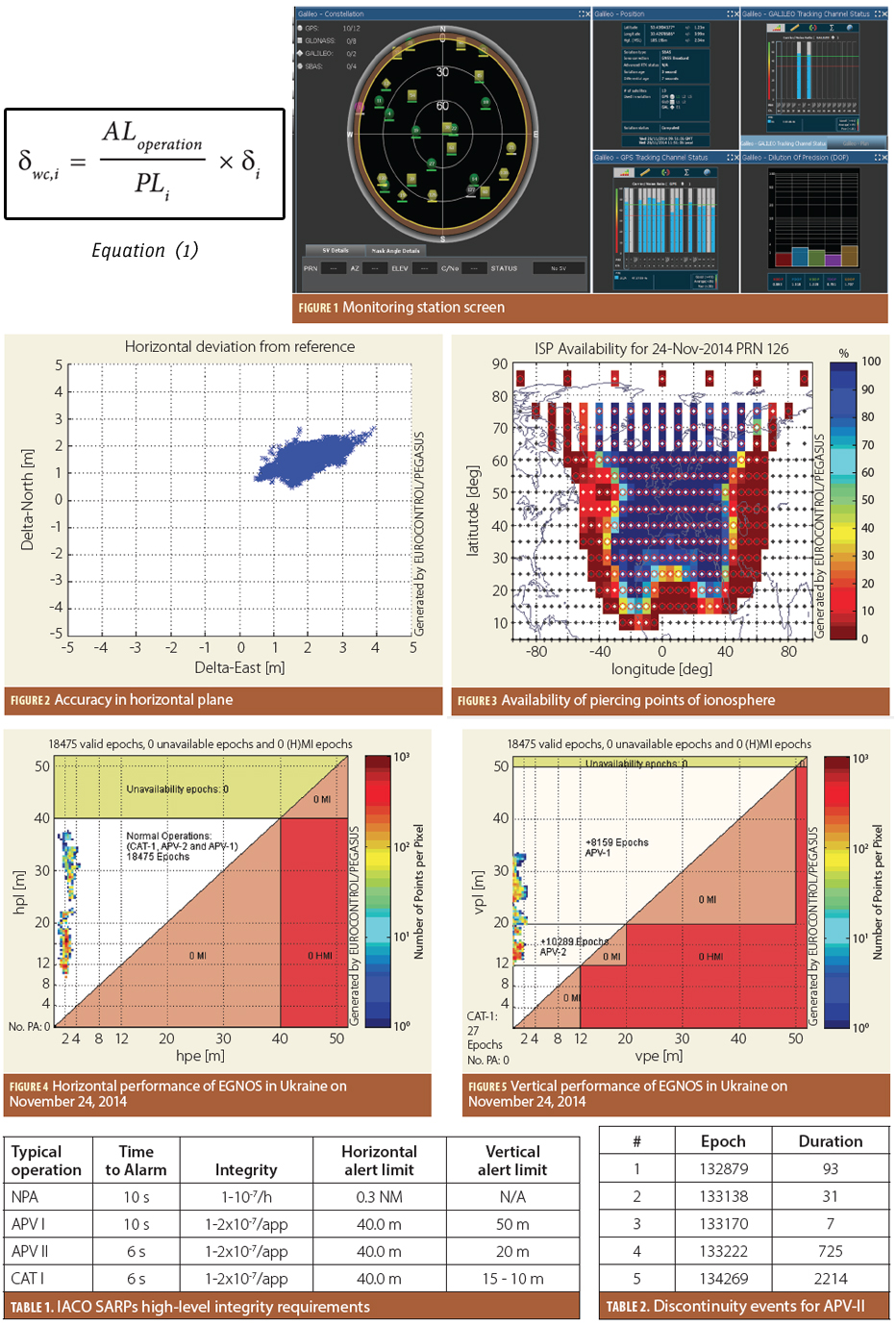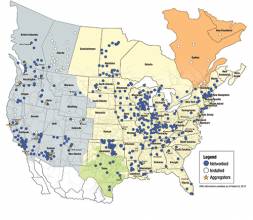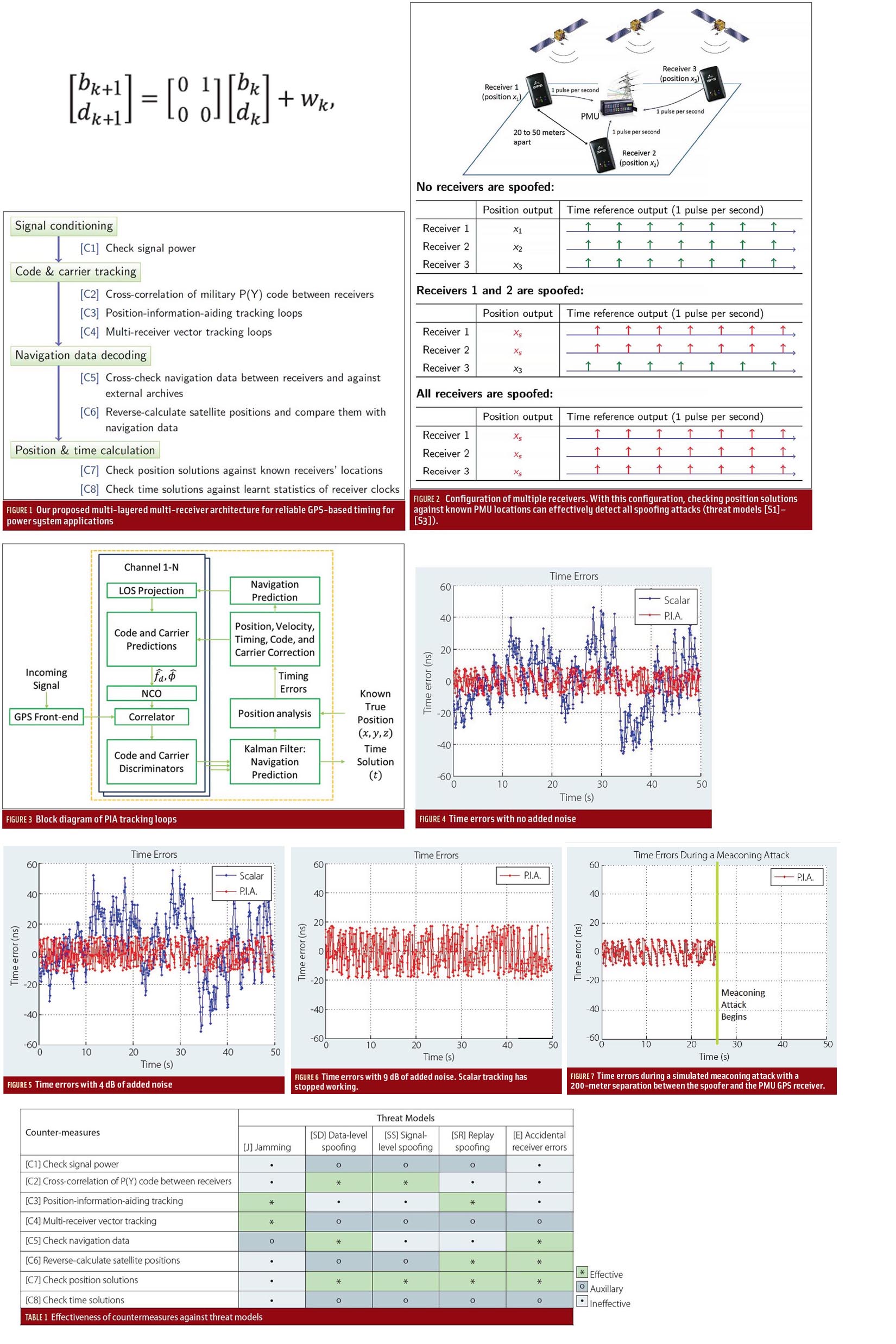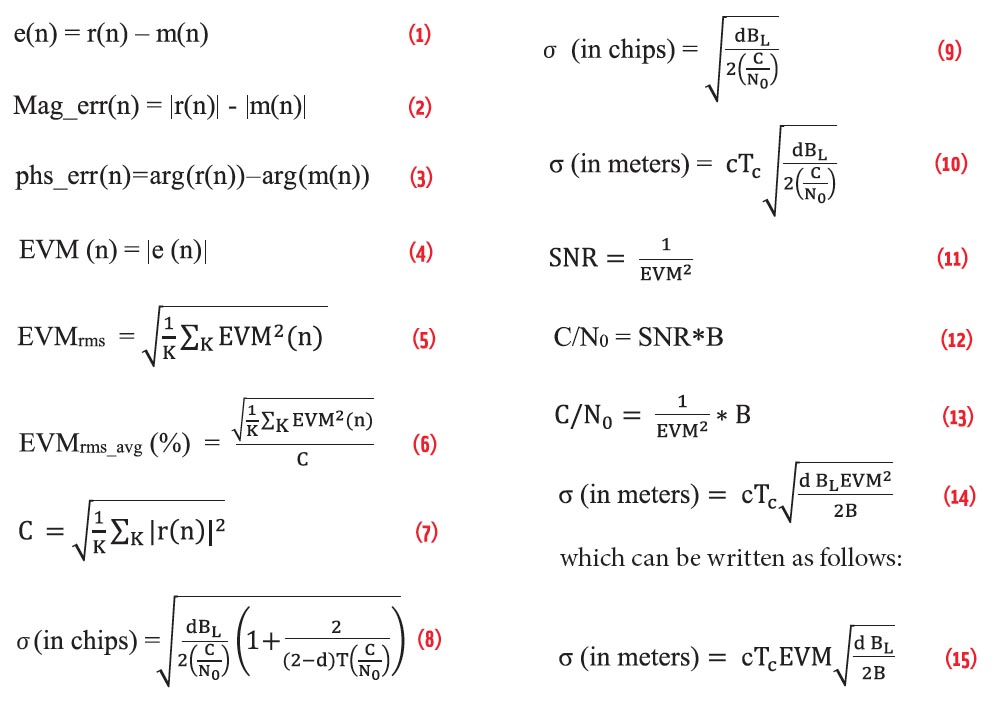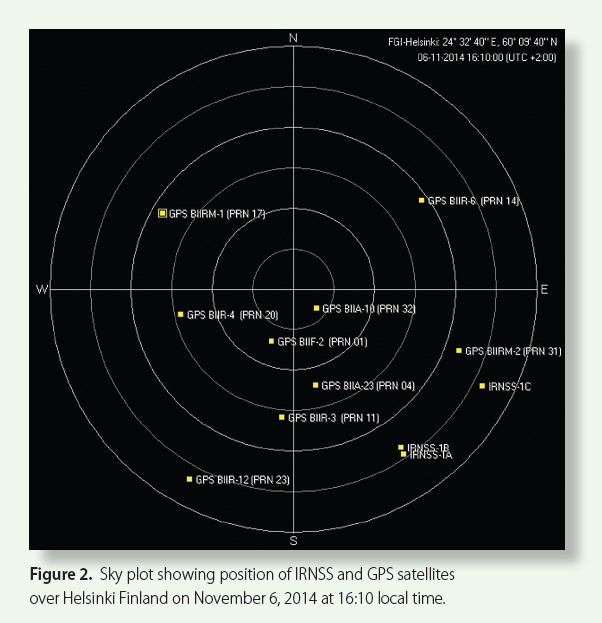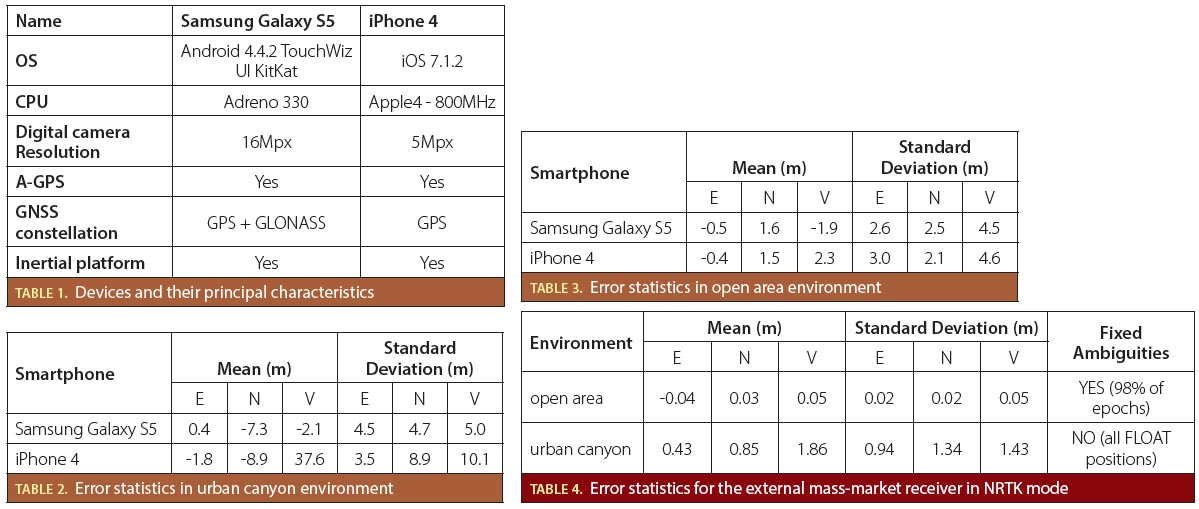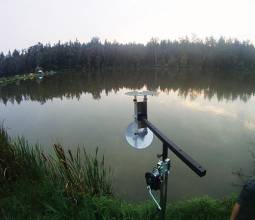From Data Schemes to Supersonic Codes
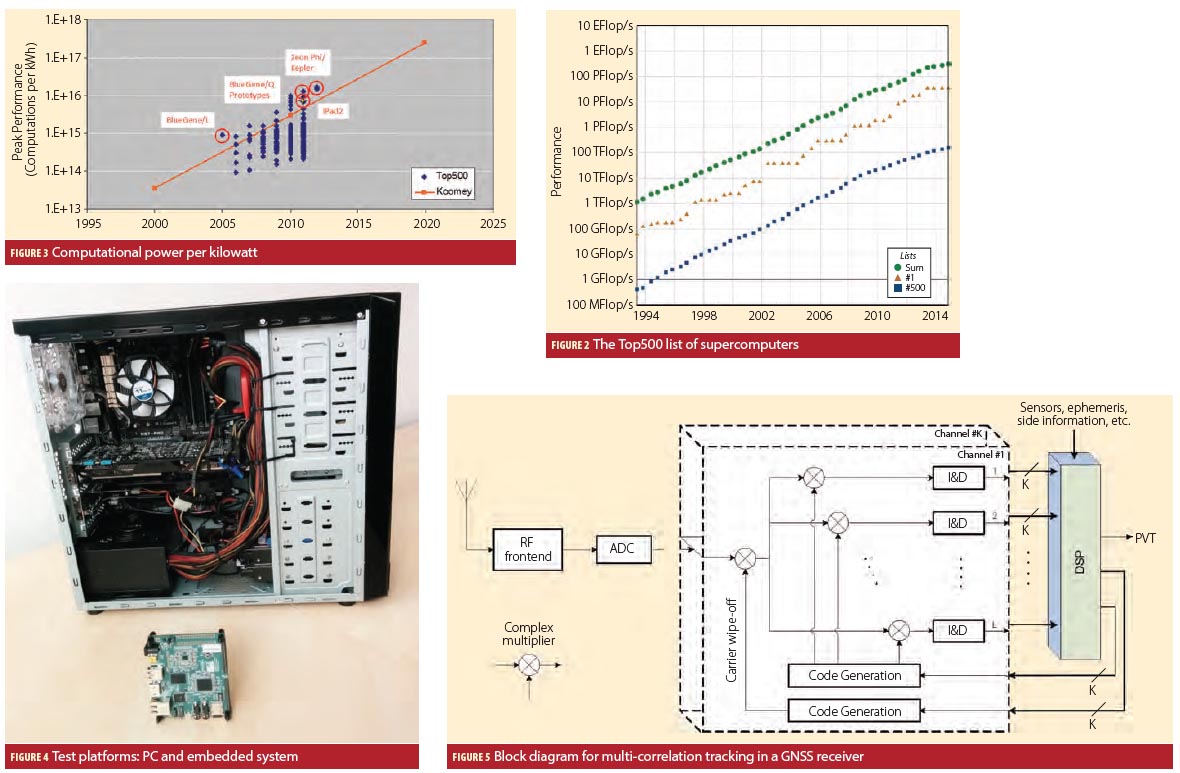
A decade has passed since the first GNSS system-level authentication protocols were proposed, and yet the current ongoing discussion is still, “Do we really need GNSS signal authentication?” Indeed, the current argument is whether we need authentication at the system level (the satellite broadcast service) or whether user-based authentication (anti-spoofing) is sufficient for a number of application requirements.
By Inside GNSS


